Random Thoughts About Dog Food

In the wake of the recent vitamin D recalls, lawsuits for false label claims and lies about ingredients, and constant inspections of raw pet food companies (even during the government shutdown), I’ve often found myself thinking about dog food. Why do we use it? Is it really food?
A good friend of mine recently made an interesting observation. She was at the grocery store, perplexed, appalled, and a bit angry. She inspired me to take a look there for myself.

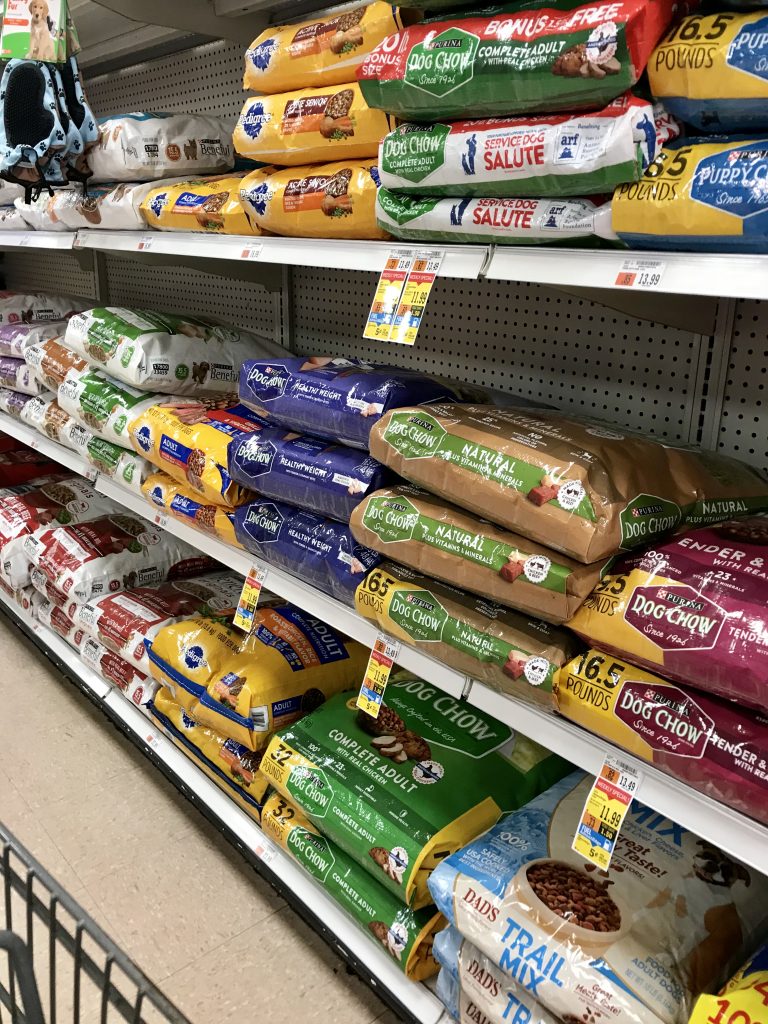
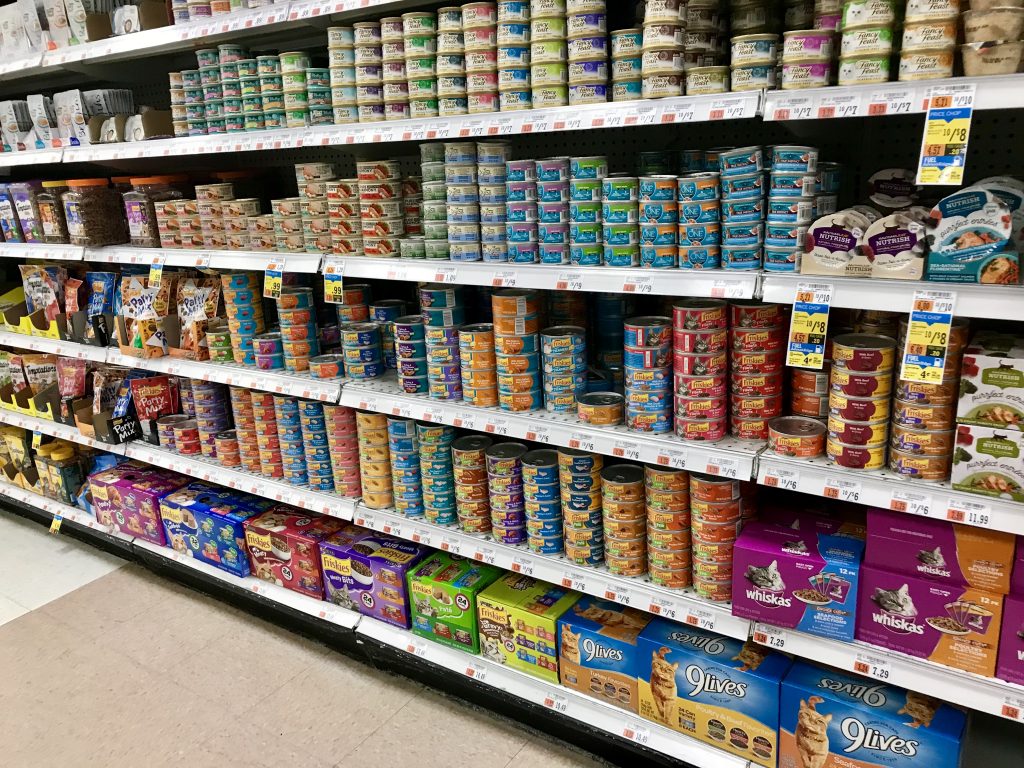
Pretty much what you would expect, right? More kibble for dogs, canned for cats. Some treats and toys separating the two sections. Next, I looked at what had shocked my friend — the opposite side of the aisle.

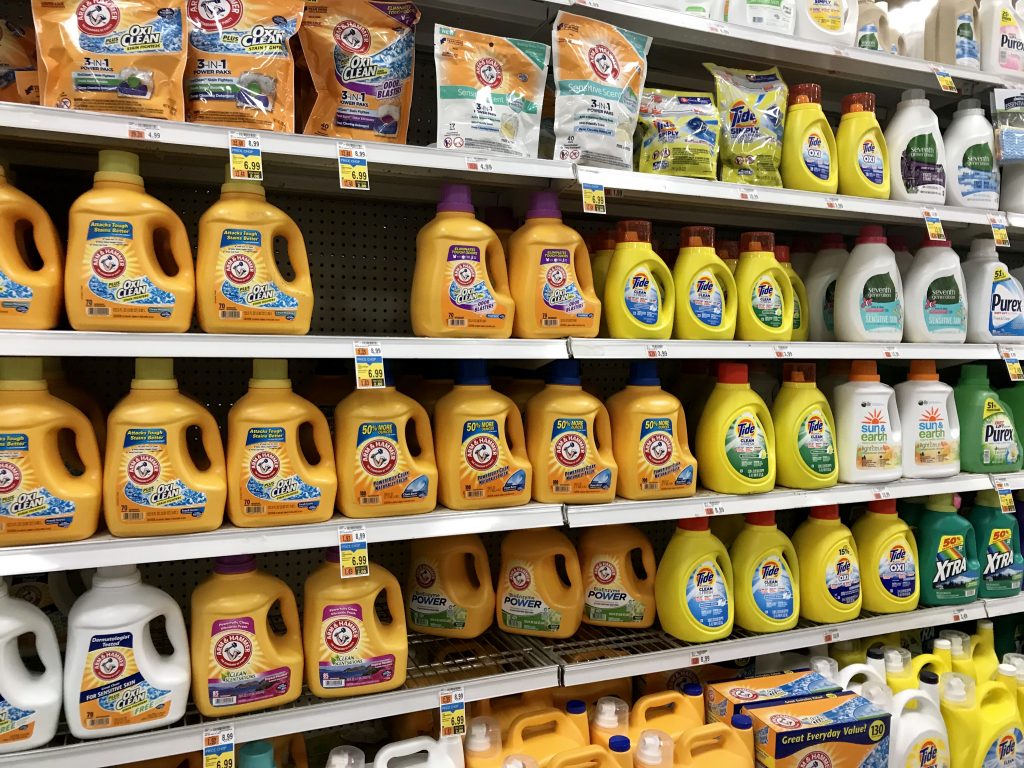
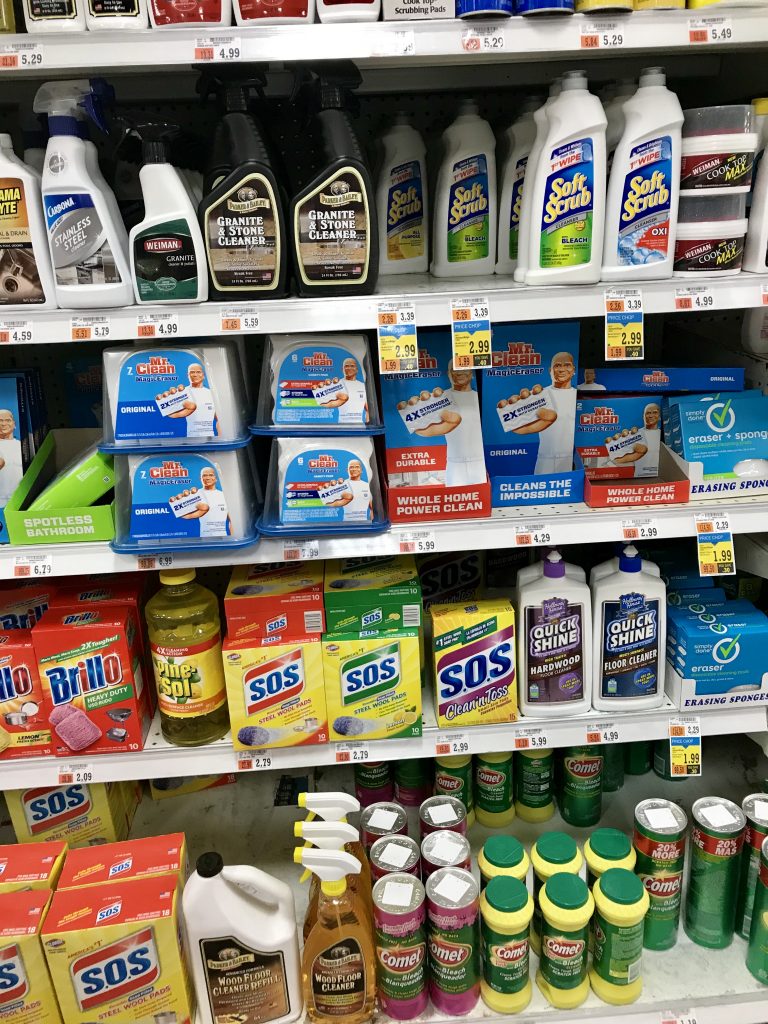

In no other aisle could I find products that were meant to be ingested across from items labelled as toxic — items that have directions to call Poison Control if ingested! It doesn’t take much thinking to figure out that supermarkets don’t consider pet food to be food. You don’t see any human foods across the aisle from bleach or dry cleaner sheets, and certainly not from granite cleaner and air fresheners! And the reason for that, is that pet food is not considered to be food — by the grocer, the FDA, and the pet food industry.
The pet food industry makes a distinction between what is food grade, or fit for human consumption, and feed grade, meaning meant for animal feed only (not fit for human consumption). Initially, this distinction was made for livestock feed — horse feed, chicken feed, cow feed, etc. This distinction was important as the grains and other ingredients in those products was not fit for human consumption, or what we would call today “edible.”
But in the pet arena, this distinction is not made. Although it may contain inedible or not fit for human consumption ingredients, it is still called pet food, dog, food, or cat food. It would be more correctly termed pet/dog/cat feed. And, in short, that is why you can find it across from bleach and air fresheners. Or by the windshield wiper fluid and motor oil at a gas station convenience store. Or stacked outside at popular home and garden store for a special sale. And until consumers purchasing feed grade products are made aware of exactly what they are buying and consider how it is handled, none of this will change.
The industry has a long history of misleading and omitting facts about their products. Check out this commercial from about 1964:
So what do you think the main ingredient in Ken-L Ration was back then? That lean red meat? It was horsemeat! Not mentioned in commercial, or this ad:
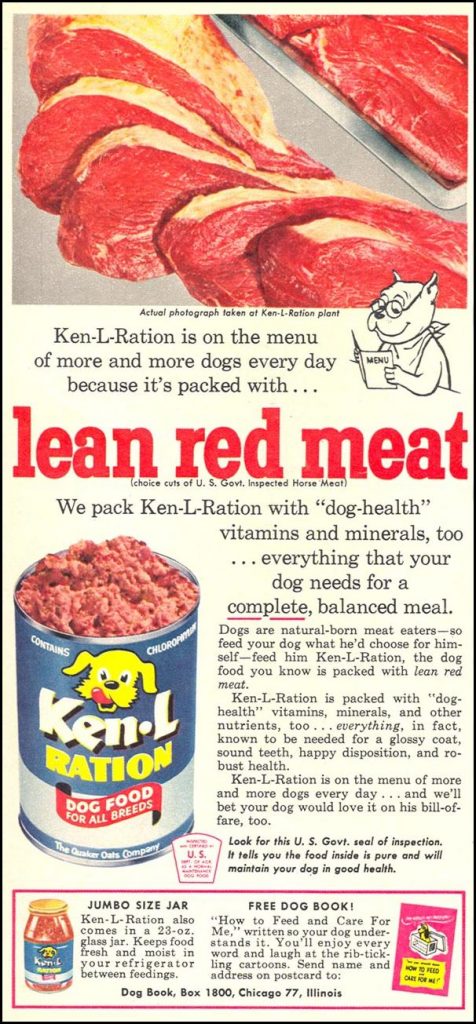
Today, this problem is compounded by the use of meat meals and other rendered ingredients, which are inedible, or in pet food industry terms, not human quality. They may also contain animals that died by means other than slaughter, including animals euthanized with pentobarbital. Upon second thought, maybe it’s not a coincidence that these products are positioned across from the bleach and other toxic chemicals…
There are many ways to feed your dog or cat a pet food, as opposed to a pet feed. There are human quality pet foods available, in fresh raw, cooked, dehydrated, or freeze dried forms. There are many resources available to help you do it yourself, using foods that you purchase at your favorite market. Isn’t it time to take the next step toward a safer and healthier true food for you pet?
Need help? Have questions? Head over to my Facebook page and leave a comment or question! (Link opens in a new tab)